Getting Started Selling Flood Insurance
Flood insurance is the valuable protection that property owners need but often don’t realize they lack. Learn how flood insurance can grow your business and help your clients prepare!
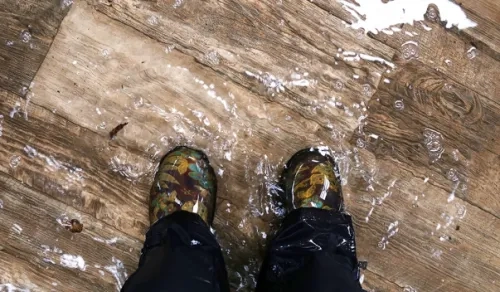
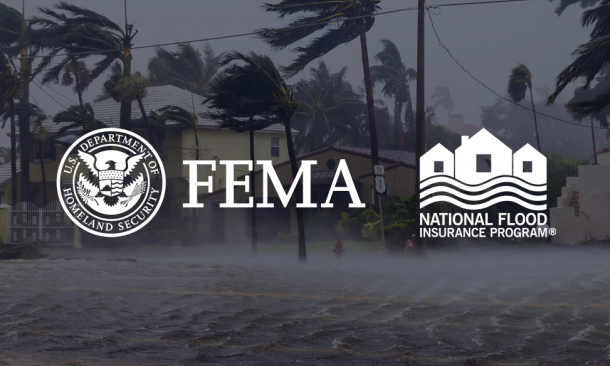
What is the National Flood Insurance Program (NFIP)?
The NFIP is a federal program that aims to reduce the impact of flooding across the country. It provides flood insurance to property owners living in communities that adopt and enforce floodplain management standards.
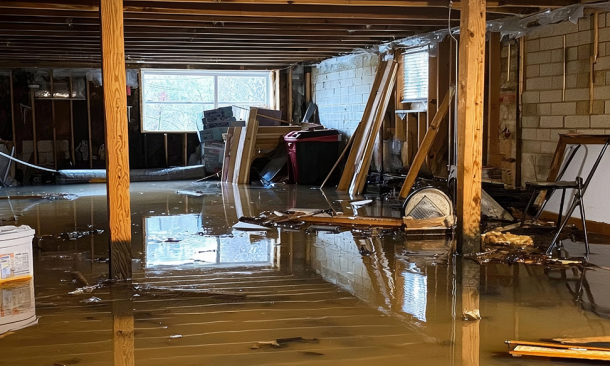
Why should I talk to my clients about flood insurance?
Flooding can happen anytime and anywhere, and most homeowners and renters insurance policies don’t cover flood damage. Encourage your clients to purchase flood insurance to protect their properties from potential financial losses.
Become a flood insurance agent!
When is the best time to buy flood insurance?
The best time to get flood insurance is now! Flooding can happen anywhere and anytime, even outside high-risk areas.
Typically, there is a 30-day waiting period between the date of purchase and the effective date. Waiting until severe weather arrives is already too late.
In April 2021, FEMA updated the NFIP's pricing methodology. This approach uses modern tools and industry best practices to give accurate and easy-to-understand rates based on each property’s specific flood risk.
The NFIP encourages customers to reach out to agents directly to purchase flood insurance.
Customers can purchase NFIP flood insurance from the more than 48 writing and servicing flood insurance on behalf of FEMA, or from agents working with NFIP Direct. NFIP flood insurance is the same, no matter who writes their policy, and their coverage and premiums won’t change because of their agent or carrier.
Property owners and renters in participating NFIP communities can purchase coverage, including:
- Owners of buildings under construction
- Business owners
- Condominium associations
- Owners of residential condominium units
Those who are not eligible include:
- Coastal Barrier Resources System Areas (CBRS)
- Undeveloped coastal areas established for wildlife refuge, sanctuary, recreational or natural resource conservation purposes
- Buildings below ground or entirely over water
Mortgage holders in high-risk areas
Per the Flood Disaster Protection Act of 1973 and the National Flood Insurance Reform Act of 1994, homes and businesses in Special Flood Hazard Areas (SFHAs) with mortgages from federally regulated, supervised and insured lenders are required to have flood insurance. When coverage is federally required, the insurance payment must be escrowed. While flood insurance is not federally required when your client lives in a moderate- to low-risk flood area, their lender may still require them to have insurance.
Lenders typically require only the amount of the loan (up to the NFIP maximum), which could be less than the value of the home. If this amount is chosen, your clients may be underinsured. Review their coverage with them carefully. If they want only what the lender requires, have them sign a declination form.
Previous recipients of disaster assistance
Clients who live in a high-risk flood area and have received federal disaster assistance following a presidential disaster declaration must keep flood insurance to be considered for any future federal disaster aid.
Agents play a crucial role in helping clients understand what is and isn’t covered with flood insurance.
Contents and building coverage are purchased separately and come with different deductibles. Building coverage only covers the building’s structure, while contents coverage protects the contents of a building.
For a full list of what is and isn’t covered, review the Summary of Coverage guide.
A property does not have to be near water to flood. Over the past 10 years one-third of NFIP flood claims came from outside of high-risk flood areas, including Special Flood Hazard Areas (SFHAs).
Floods can result from:
- Storms
- Melting snow
- Hurricanes
- Drainage system backups
- Broken water mains
- Changes to land from new construction
It’s also important to let your clients know that most homeowners insurance policies do not cover flood damage.
In the event of a flood, federal disaster assistance offers limited assistance with eligibility requirements. Additionally, most federal disaster assistance comes in the form of loans that must be paid back—with interest. Your clients will never have to repay money received from a verified NFIP flood insurance claim.
Yes!
Exceptions to the 30-day waiting period:
- If flood insurance is purchased in connection with making, increasing, extending or renewing your mortgage loan.
- If additional insurance is selected as an option on your insurance policy renewal bill.
- If a building is newly designated in a Special Flood Hazard Area (SFHA) and flood insurance is purchased within the 13-month period following a map revision.
- If a property is affected by flooding on burned federal land and the policy is purchased within 60 days of the fire-containment date, the waiting period will be 1-day. Waiving of the waiting period is determined at the time of claim.
The Community Rating System (CRS) is a voluntary incentive program that recognizes and encourages community floodplain management practices that exceed the minimum requirements of the NFIP.
Download more flood resources
-
Q&As about flood insurance
Image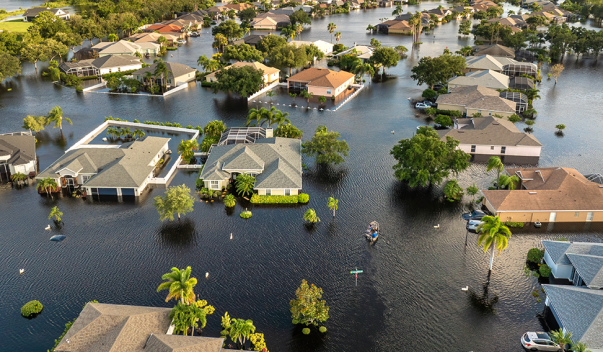
Check out the information about flood insurance, all in one place.
-
FAQs about the NFIP
Image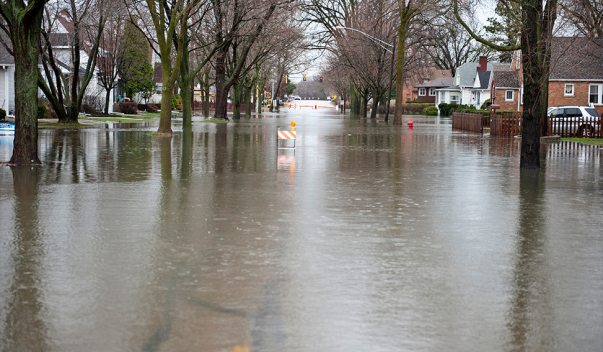
Get the answers to commonly asked questions about the NFIP.
-
Pricing Methodology
Image
Learn about the pricing methodology FEMA is using to deliver flood insurance rates.
